20 pages • 40 minutes read
William Butler YeatsA Prayer for My Daughter
Fiction | Poem | Adult | Published in 1919A modern alternative to SparkNotes and CliffsNotes, SuperSummary offers high-quality Study Guides with detailed chapter summaries and analysis of major themes, characters, and more.
Summary and Study Guide
Overview
“A Prayer for my Daughter” by William Butler (W.B.) Yeats was originally published in his collection Michael Robartes and the Dancer in 1921. This book also includes one of Yeats’s most famous poems—“the Second Coming”—and was Yeats’s eighth collection of lyrical poems. “A Prayer for my daughter” was written in 1919, a year that marked the beginning of the Irish War of Independence. The war lasted until 1921 and heavily influenced Yeats. The poem’s location is Thoor Ballylee (or Ballylee Castle), where Yeats’s poem “The Tower” was also written (though it was published in the 1928 collection of the same name).
“A Prayer for my Daughter” is a modernist work with eight-line stanzas, like the Italian ottava rima form, but the rhyme scheme and metrical structure are variations on the classic. Yeats and Georgie Hyde Lees had a daughter named Anne in 1919 who is the subject of the poem. It explores themes of beauty, innocence, and fatherhood, but can also be read as a political work on Irish Nationalism.
Poet Biography
William Butler Yeats was born on the 13th of June 1865, in Sandymount on the eastern coast of Ireland. Yeats’s family was Protestant—part of the Protestant Ascendancy that held economic control over a mostly Catholic Ireland. After living in London for a time, Yeats returned to Dublin, Ireland, where he received recognition as a poet and proponent of Irish mythology.
It was this reputation that offered him entrance into a group called the Hermetic Order of the Golden Dawn—a group including A.E. Waite, Pamela Coleman Smith, and Aleister Crowley. Yeats’s occult studies with these figures would prove highly influential on his writing. During this time, Yeats also met Maud Gonne—an Irish Nationalist and heiress—who would dramatically influence his belief in Irish independence. Only a few years later, the Easter Uprising, which was initiated and coordinated by oppressed Catholics, rather than upper-class Protestants, would sour his ideas on armed revolution.
Yeats and Gonne never married and, after the execution of Gonne’s husband due to his involvement with the Easter Uprising, Yeats would ask Gonne’s daughter, Iseult, to marry him. She also refused the older man. Yeats would later marry Georgie Hyde-Lees—a 25-year-old artist—when he was 52. They had two children: Anne and Michael.
After the Irish War of Independence ended in 1921, Yeats saw poetic success, being sought after by a young Ezra Pound and winning the Nobel Prize for Literature in 1923. His appointment to the Senate of the Free Irish State brought stability late in his life, and he died in Menton, France, in 1939, recognized as one of the foremost poets of Ireland and the world.
Poem Text
Yeats, William Butler. “A Prayer for my Daughter.” 1921. Academy of American Poets.
Summary
“A Prayer for my Daughter” has ten stanzas, with each stanza eight lines long. The lines are written in iambic pentameter and iambic tetrameter. The first person speaker of the poem is a new father, Yeats, writing about his daughter, Anne, in 1919.
The poem opens with a storm raging while the speaker’s child sleeps, protected by her cradle. The next lines contain a description of the land surrounding the child’s home: Only a neighbor’s wood and a small hill (with a haystack on it) buffer the home during strong winds from the Atlantic Ocean. The speaker explains he has been walking and praying because of his gloomy thoughts for the past hour.
While walking and praying, the speaker has been listening to the wind hitting the tower where he lives, a bridge, and trees above a stream. The speaker imagines the future and compares it to a dancer coming out of the sea like the wind. In the next stanza, the speaker prays his daughter be given beauty—but not too much, as excessive beauty would cause unwanted attention from strangers; cause his daughter to believe beauty is more important than other qualities, like kindness and rightness; and leave her friendless. The speaker uses Helen of Troy for an example of excessive beauty. The Judgement of Paris—a Greek myth—is discussed: Helen’s beauty is the reason Paris chose Aphrodite for the winner of his judgement. Aphrodite, in turn, chose Hephaestus. The decisions surrounding these beautiful women are examples of how a symbol of bountiful beauty—the Horn of Plenty—is ruined.
In the next stanza, the speaker returns to praying for qualities he wants his daughter to learn, focusing on manners. He believes a kind demeanor will make a woman who is not excessively beautiful still somewhat attractive to the right suitor. Foolish men often value beauty, but most men will stick beside the woman who values kindness.
The speaker compares his daughter to a tree. He hopes her thoughts will resemble a bird or, in other words, that she will be entertaining. Also, the speaker prays she will be rooted: have a long-term home.
Next, the speaker reflects on how loving excessively beautiful women has stagnated his mind. He is only certain that hate will ruin the chances a woman has and reverts to the bird metaphor: The absence of hate will allow the bird to stay on its leaf in the tree or, in other words, have a home.
The speaker’s condemnation of hate is narrowed to intellectual hatred in the following stanza. He believes a woman’s hateful opinions can ruin even a bounty of beauty; he repeats the symbol of a corrupted Horn of Plenty to describe this. Returning to the storm imagery, he compares hateful speech to the wind.
In the next stanza, the poem changes direction and looks at what an absence of hate brings: a deep-rooted innocence of the soul. The soul can amuse itself and enact the will of Heaven. Once she has rediscovered the soul’s innocence, his daughter must remain happy, despite any metaphoric (or literal) storm.
The speaker prays his daughter will find a husband who will provide her with a proper home. To the speaker, ceremony and custom are the only places where one can find beauty and innocence, respectively. He defines ceremony/beauty as the Horn of Plenty and custom/innocence as a victorious laurel tree, harkening back to the stable home of the linnet bird.
Related Titles
By William Butler Yeats
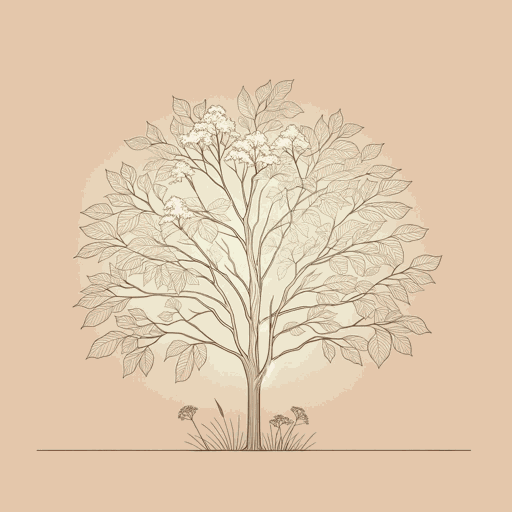
Among School Children
William Butler Yeats

A Vision: An Explanation of Life Founded upon the Writings of Giraldus and upon Certain Doctrines Attributed to Kusta Ben Luka
William Butler Yeats

Cathleen Ni Houlihan
William Butler Yeats
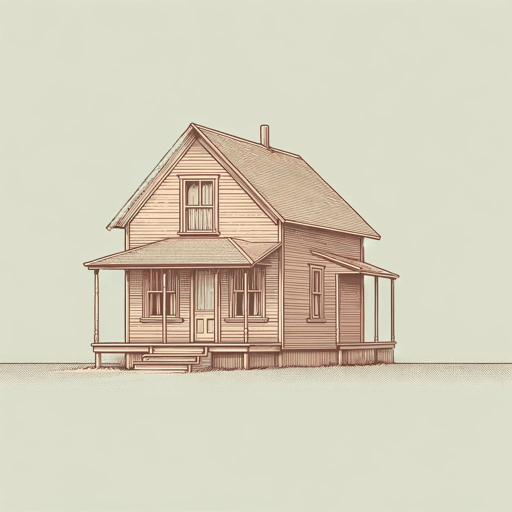
Crazy Jane Talks with the Bishop
William Butler Yeats
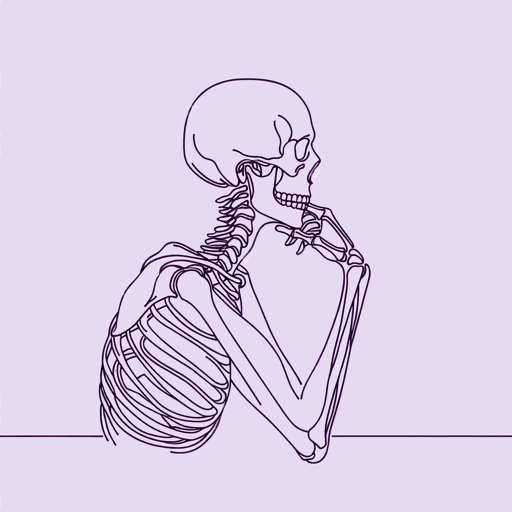
Death
William Butler Yeats

Easter, 1916
William Butler Yeats

Leda and the Swan
William Butler Yeats
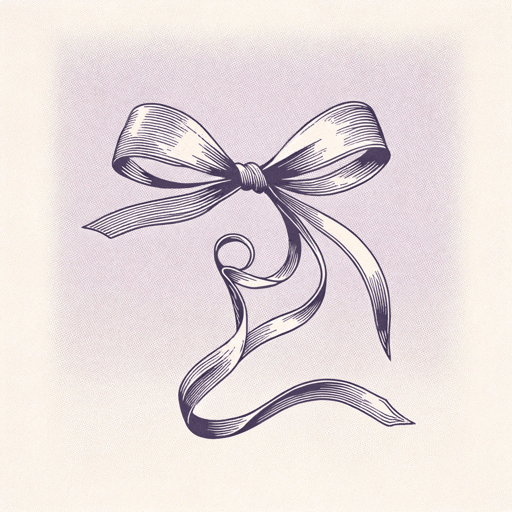
No Second Troy
William Butler Yeats
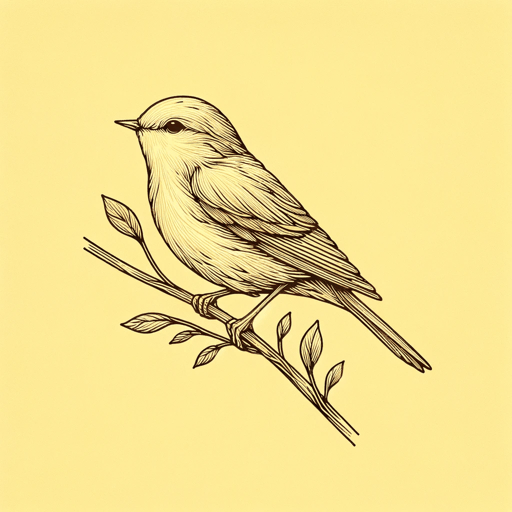
Sailing to Byzantium
William Butler Yeats
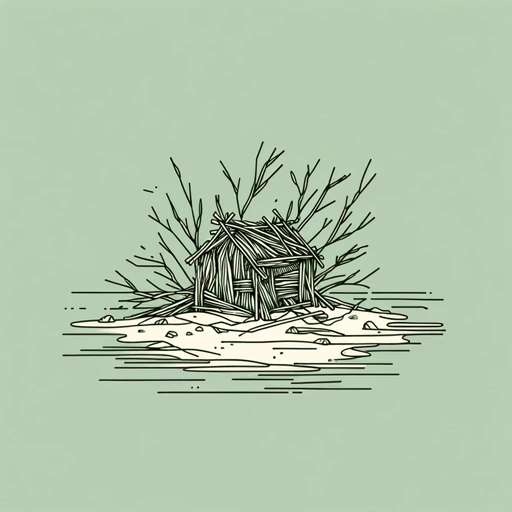
The Lake Isle of Innisfree
William Butler Yeats
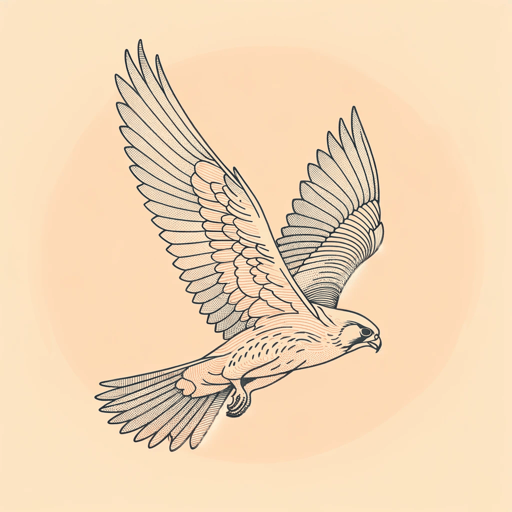
The Second Coming
William Butler Yeats
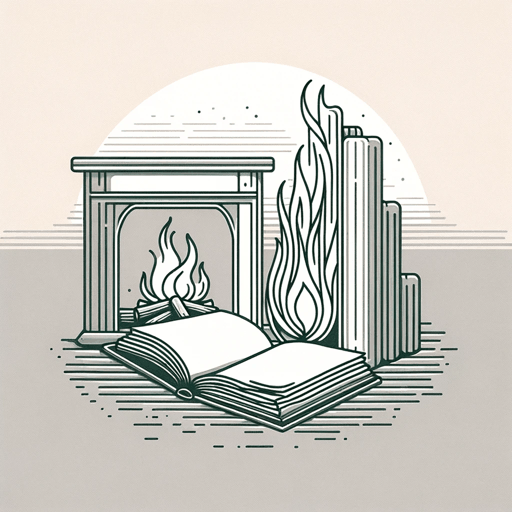
When You Are Old
William Butler Yeats
Featured Collections
Beauty
View Collection
Childhood & Youth
View Collection
Family
View Collection
Fathers
View Collection
Modernist Poetry
View Collection
Mythology
View Collection
Nostalgic Poems
View Collection
Poetry: Family & Home
View Collection
Poetry: Mythology & Folklore
View Collection
Short Poems
View Collection
Valentine's Day Reads: The Theme of Love
View Collection

